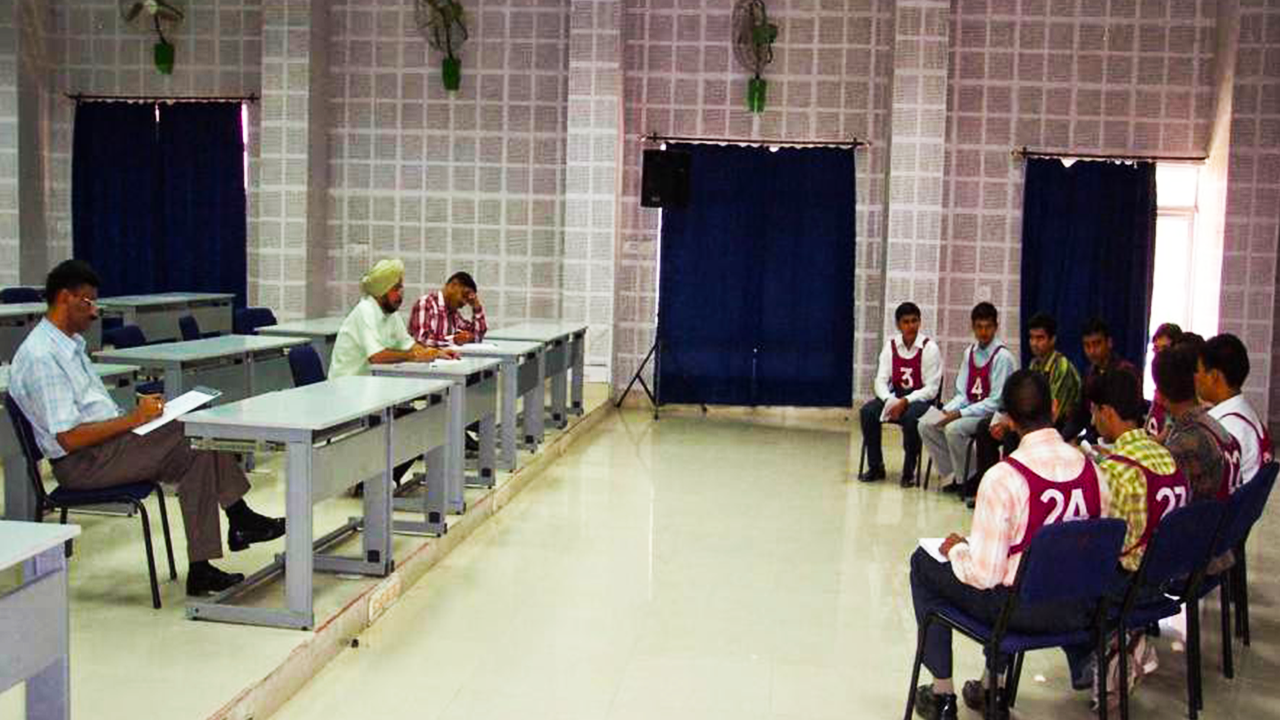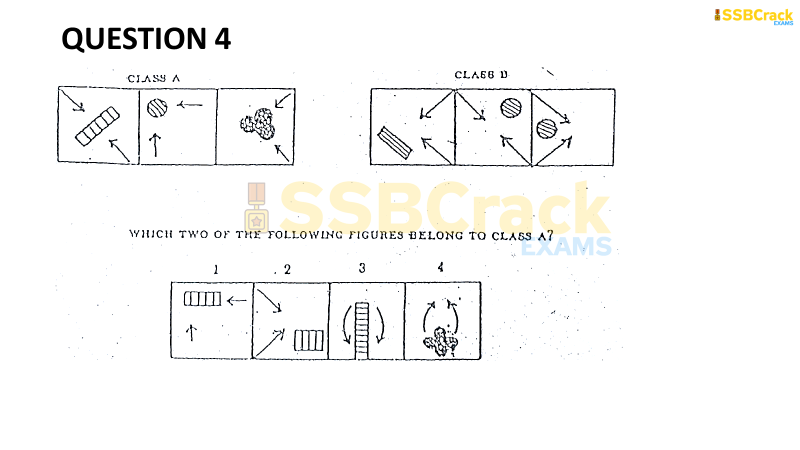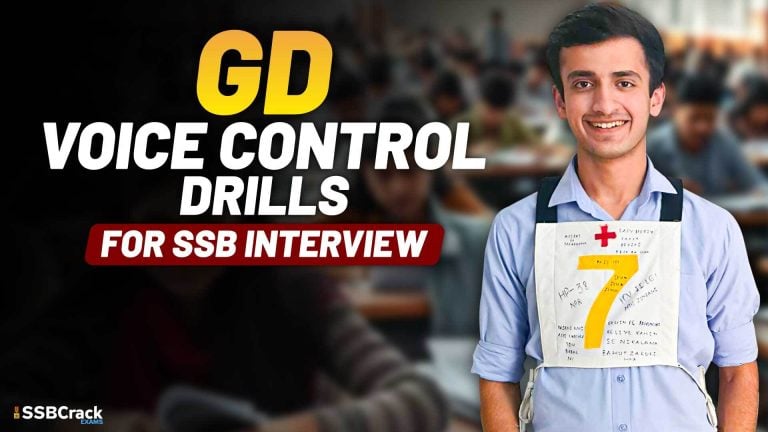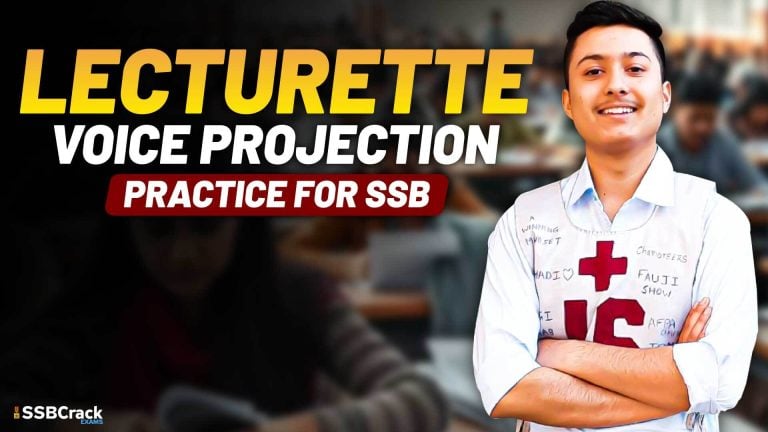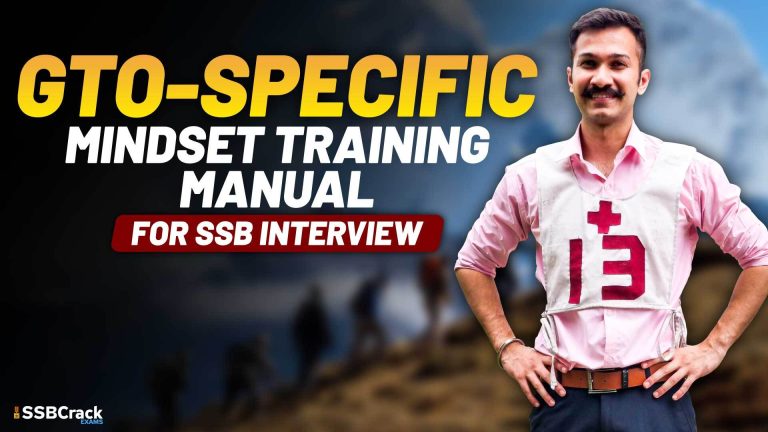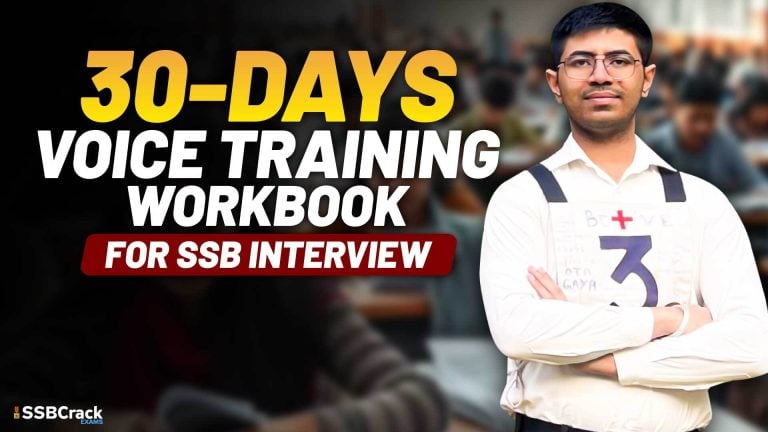The Officer Intelligence Rating (OIR) Test is a crucial component of the selection process for candidates aspiring to join the armed forces. Conducted on the initial day of the Services Selection Board (SSB) procedure, the OIR Test aims to evaluate the cognitive abilities and potential of candidates through a series of verbal and non-verbal reasoning questions.
This article delves into the intricacies of the Officer Intelligence Rating (OIR) Test, its structure, preparation strategies, and tips for success.
The OIR Test is designed to assess a candidate’s analytical thinking, problem-solving capabilities, and overall intelligence. It consists of two primary sections: verbal reasoning and non-verbal reasoning. Each section presents unique challenges that require different skill sets.
Structure of the Test
- Number of Questions: Typically, candidates can expect between 40 to 60 questions.
- Time Allotted: The duration varies depending on the complexity and number of questions presented.
- Test Format: The questions are a mix of objective and subjective formats, requiring quick thinking and accurate responses.
Importance of the OIR Test
The OIR Test is not merely a formality; it plays a significant role in determining a candidate’s suitability for a career in the defense services. It helps assess mental agility, comprehension skills, and the ability to work under pressure—qualities essential for an officer in the armed forces.
Also Read | How to Crack SSB Interview in 30 Days
Breakdown of Verbal Reasoning
The verbal reasoning component of the OIR Test evaluates a candidate’s grasp of language and its nuances. This section includes various types of questions that test different aspects of verbal intelligence.
Key Topics in Verbal Reasoning
- Spelling: Candidates must demonstrate a strong command of spelling to avoid common pitfalls.
- Grammar: Understanding grammatical rules is essential for constructing coherent sentences.
- Sentence Completion: This tests the ability to comprehend context and select appropriate words to complete sentences.
- Analogies: Candidates must identify relationships between pairs of words or phrases.
- Word Groups: This involves categorizing words based on shared characteristics.
- Instructions: Following directions accurately is crucial for success in this section.
- Critical Reasoning: This tests logical thinking and the ability to evaluate arguments.
- Verbal Deductions: Candidates must draw conclusions based on provided information.
Preparation Strategies for Verbal Reasoning
To excel in the verbal reasoning section, candidates should engage in thorough practice. Here are some effective strategies:
- Study Relevant Materials: Utilize books and online resources specifically designed for SSB preparation.
- Practice Regularly: Consistency is key; regular practice helps reinforce understanding and improves speed.
- Take Mock Tests: Simulating the test environment can help candidates manage time effectively and reduce anxiety.
Exploring Non-Verbal Reasoning
The non-verbal reasoning section assesses a candidate’s ability to interpret and analyze visual information. This part is essential for evaluating logical thinking and spatial awareness.
Key Areas in Non-Verbal Reasoning
- Analogy and Classification of Figures: Candidates must identify relationships and categorize shapes.
- Complete and Incomplete Patterns: This involves recognizing patterns and predicting the next figure in a sequence.
- Cubes and Dice: Questions may include visualizing three-dimensional objects and understanding their properties.
- Venn Diagrams: Candidates must analyze relationships between different sets through diagrams.
Tips for Success in Non-Verbal Reasoning
To perform well in this section, candidates should focus on the following:
- Visual Practice: Engage with puzzles and games that enhance visual-spatial skills.
- Logical Reasoning Exercises: Solve problems that require logical deductions and pattern recognition.
- Stay Calm and Focused: Maintaining concentration is vital, as the questions often require quick responses.
Also Read | Decoding Women-Based TAT Images
Test-Taking Strategies
Approaching the OIR Test with a strategic mindset can significantly enhance performance. Here are several strategies to consider:
Time Management
- Prioritize Questions: Tackle questions you find easier first to secure quick points.
- Keep Track of Time: Regularly check the clock to ensure you’re on pace to complete the test.
Reading Instructions Carefully
- Follow Directions: Ensure you understand what each question asks before answering.
- Be Precise: Some answers may require specific formats, such as one-word responses or single-letter choices.
Confidence and Attitude
- Stay Positive: A confident mindset can improve focus and performance.
- Avoid Overthinking: Trust your instincts and avoid second-guessing your answers.
Common Challenges and How to Overcome Them
Candidates may face various challenges during the OIR Test. Recognizing these challenges and developing strategies to overcome them is crucial for success.
Time Pressure
The limited time can create anxiety. To alleviate this:
- Practice Under Timed Conditions: Familiarize yourself with the pressure of timed tests through practice.
- Breathe and Relax: Take deep breaths to maintain composure during the test.
Complex Questions
Some questions may seem particularly challenging. To handle these:
- Break Down the Question: Analyze each part of the question to understand what is being asked.
- Eliminate Incorrect Options: Narrowing down choices can increase the likelihood of selecting the correct answer.
After the OIR Test
Once the OIR Test is completed, candidates await results that determine their progression in the selection process.
Result Announcement
- Timing: Results are typically announced a few hours after the test.
- Next Steps: Candidates who pass the screening are invited to continue with the selection procedure.
Preparing for the Next Stages
Successful candidates should begin preparing for subsequent stages of the SSB selection process, which may include:
- Group Discussions: Brush up on communication and leadership skills.
- Personal Interviews: Prepare to articulate your motivations and aspirations clearly.
Also Read | Answering ‘Why Join the Indian Army?’ in Your SSB Interview
Conclusion
The Officer Intelligence Rating (OIR) Test is a vital step in the journey toward a career in the armed forces. By understanding its structure, preparing effectively, and employing strategic test-taking techniques, candidates can enhance their chances of success. Embrace the challenge with confidence and dedication, and you will be well on your way to achieving your goal of serving in the defense services.
FAQs
Q1: How can I prepare for the OIR Test effectively?
Regular practice using relevant study materials, taking mock tests, and focusing on both verbal and non-verbal reasoning topics are key strategies for effective preparation.
Q2: Is there negative marking in the OIR Test?
No, there is no negative marking, so candidates are encouraged to attempt all questions.
Q3: What types of questions are included in the verbal reasoning section?
The verbal reasoning section includes questions on spelling, grammar, analogies, and critical reasoning, among others.
Q4: How long is the OIR Test?
The duration of the test varies based on the number of questions, but candidates should be prepared for a timed assessment.
Q5: What happens if I pass the OIR Test?
Candidates who pass the OIR Test will be invited to remain at the selection center for further stages of the selection process.
